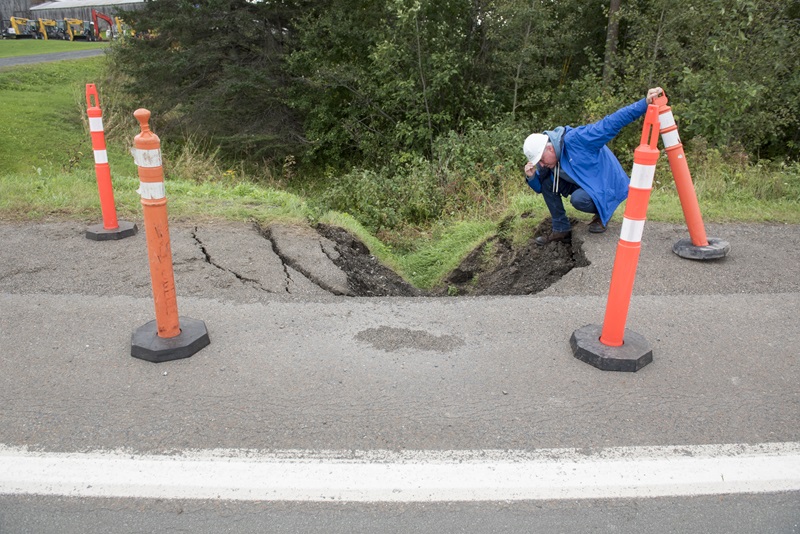How this year’s hurricane season ranks

The 2023 Atlantic hurricane season has officially come to an end, ranking fourth for the most named storms in a year since 1950.
The above-normal season, which officially ended Nov. 30, saw 20 named storms, including seven hurricanes and three major hurricanes. An average season has 14 named storms, with the same number of hurricanes and major hurricanes, the National Oceanic and Atmospheric Administration (NOAA) said in a statement Tuesday.
This year’s hurricane season was characterized by record-warm Atlantic sea surface temperatures and a strong El Niño, NOAA reported.
“Another active hurricane season comes to a close where hazards from the storms extended well inland from the landfall location,” said NOAA National Hurricane Center director Michael Brennan. “This underscores the importance of having a plan to stay safe whether you’re at the coast or inland.”
Hurricane Idalia was the only U.S. landfalling hurricane this year. It made landfall as a Category 3 hurricane on Aug. 30 near Keaton Beach, Fla., causing storm surge inundation of seven to 12 feet and widespread flooding in the state and throughout the U.S. southeast.
In Canada, Hurricane Lee made landfall as post-tropical cyclone in Nova Scotia on Saturday, Sept. 16.
“Swells generated by Lee caused dangerous surf and rip currents along the entire U.S. Atlantic coast,” NOAA said. “Strong winds with hurricane-force gusts from Lee caused extensive power outages in Maine and in parts of Canada.”
After making landfall with hurricane-strength winds, Lee tracked from Yarmouth, N.S. before continuing into New Brunswick, and weaking significantly on Sept. 17. Officials reported more than 147,000 Nova Scotia were initially without power, dropping to 20,000 the following day. In New Brunswick, close to 36,000 started without power, which dropped to 13,000 on the morning of Sept. 18. The Canadian Press reported the bulk of the outages were in the western parts of the provinces.
Michael Connolly, vice president for Atlantic Canada with ClaimsPro, told Canadian Underwriter right after the storm that the independent adjusting firm initially saw minor to moderately severe property claims. “With power outages, fallen trees and overland flooding we anticipate more property and ALE (additional living expense) related losses coming in over the next few days,” he said at the time.
Catastrophe Indices and Quantification Inc. (CatIQ) confirmed to CU Friday that post-tropical storm Lee has been declared a Cat, meaning more than $30 million in insured losses, but couldn’t provide the exact loss figure.
Industry experts expect insured damage from Lee will pale in comparison to that of post-tropical storm Fiona, which cost more than $800 million in insured damage. Fiona remains the costliest natural catastrophe-related insured loss event in Atlantic Canada.
Fiona first made landfall in Atlantic Canada in September 2022. Damage occurred from strong winds, torrential rainfall, large waves, storm surges, downed trees and widespread power outages.
It’s unclear how the 2024 hurricane season will play out. NOAA’s Climate Prediction Center, a division of the National Weather Service, will issue its next outlook in May 2024. Hurricane season officially begins June 1.
Feature image: Richard Ames, minister of transportation & infrastructure for New Brunswick, examines a washout of highway 102 just outside of Fredericton, Sunday, Sept. 17, 2023. Heavy rain from post-tropical storm Lee on Friday into Saturday caused the culvert under the road to collapse forcing officials to close the highway until it can be replaced. THE CANADIAN PRESS/Stephen MacGillivray







